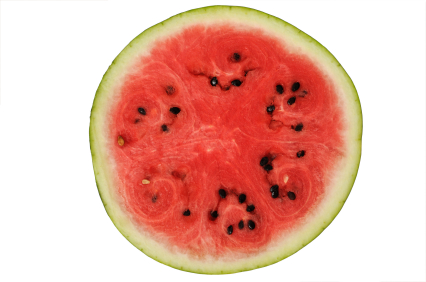Jim Motavalli of E/Environmental Magazine has a piece in Foreign Policy (!) on the difficulties we face in lowering meat consumption on any significant scale:
…Giving up meat is tough, and arguing people into it is probably a losing proposition. Even with all the statistics out there about the dangers of meat, there are fewer vegetarians in the world than you’d think. A Harris poll conducted in 2006 for the Vegetarian Resource Group found that only 2.3 percent of American adults 18 or older claim never to eat meat, fish, or fowl. A larger group, 6.7 percent, say they “never eat meat,” but often that means they only avoid the red kind. Worldwide, local vegetarian societies report high participation in just a few places – for example, 40 percent in India, 10 percent in Italy, 9 percent in Germany, 8.5. percent in Israel, and 6 percent in Britain.
So how will we become a vegetarian planet? The numbers suggest that we won’t stop eating meat simply because it’s “the right thing to do.” People love it too much. Instead, we’ll be forced to stop. By 2025, we simply won’t have the resources to keep up the habit. According to the FAO report, 33 percent of the world’s arable land is devoted to growing crops for animal feed, and grazing is a major factor in deforestation around the world. It’s also incredibly water-intensive. The average U.S. diet requires twice the daily amount of water as does an equally nutritious vegetarian diet, reports the Worldwatch Institute. Meanwhile, there will be more than 8 billion people on this earth, and two-thirds of the world’s population will live in water-stressed regions.
There may thus be some irony in the possibility that Africa’s meat consumption could head up by necessity as ours heads down. A new report paints a bleak picture for African ag:
Using climate models, they determined that if carbon emissions remain high by 2050, the number of reliable crop growing days would fall below 90 for almost 1 million square kilometers of arid and semi-arid lands in Africa.
With fewer carbon emissions, the number of growing days would still fall below 90 for some 500,000 square kilometers (124 million acres), the study found.
Maize, the most widely grown staple crop in Africa, “will basically no longer be possible” to cultivate with fewer than 90 days to grow, the study said.
Even millet, a staple grain in Africa considered to be a drought-tolerant crop, would be at risk of crop failure in areas unable to meet the 90-day mark, the researchers found., authored by the livestock insitute, admittedly a biases source, paints an interesting picture of the future of agriculture on the African continent.
The study goes on to observe that cattle could still thrive on land too dry and hot for crops. If you pasture them, that is, since the whole point is that you couldn’t grow feed grains on that land anymore. Now, I don’t take this study’s assertion at face value since it was done by the International Livestock Research Institute, which, though funded by governments and the UN (along with other “private sector entities”) clearly has in interest in promoting, you know, livestock.
And of course, their analysis for what qualifies as a “reliable crop growing day” would depend on the style of agriculture. Still, there’s no denying that Africa is going to get hotter and drier. I don’t think you’ll see land like that supporting CAFOs, but small-scale, possibly subsistence level, livestock farming may remain common there at the same time as Western prices for meat go through the roof. If nothing else, this is worth some more attention.



